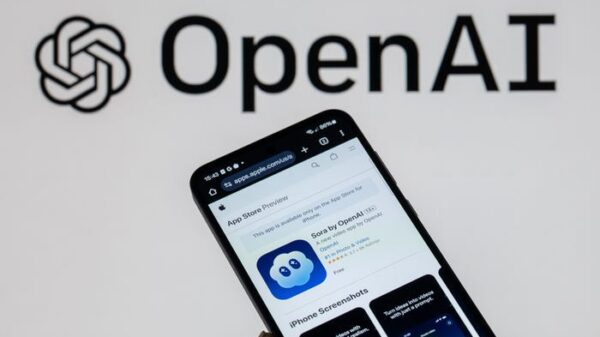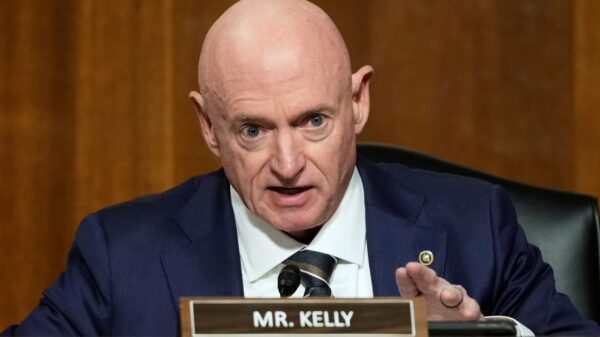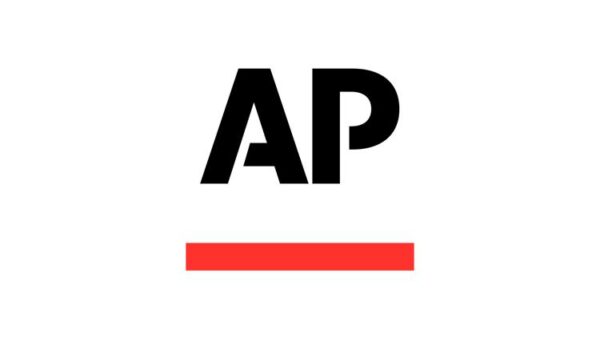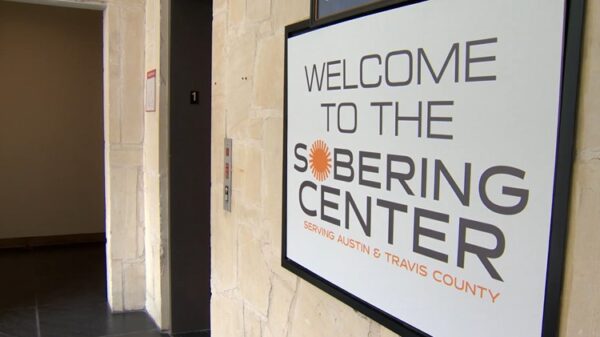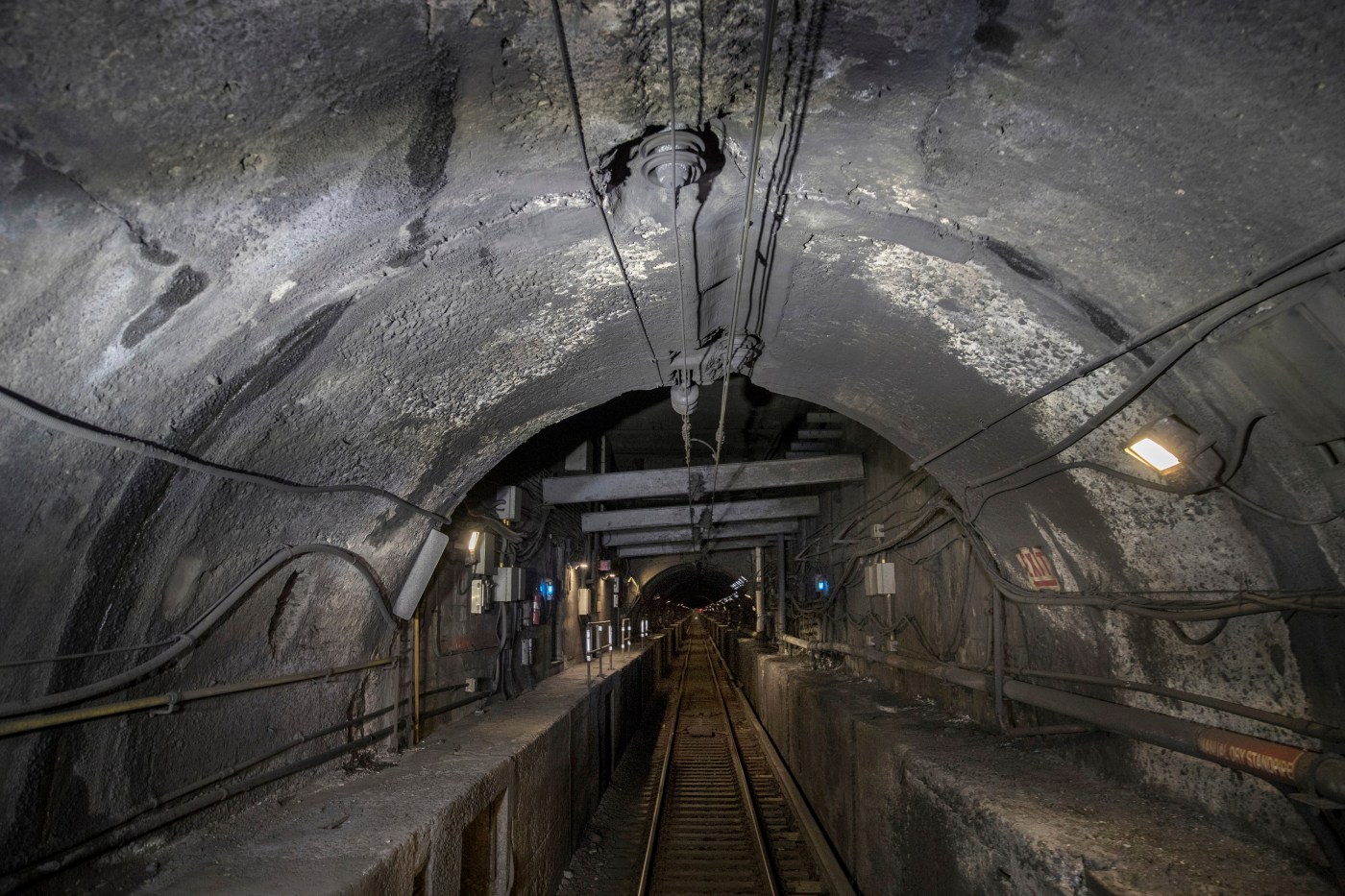The upcoming meeting of the Gateway Development Commission (GDC) on March 14, 2024, will take place without live public participation. Commissioners will attend remotely by telephone, while the public can only observe via video. This arrangement has drawn criticism for its lack of direct engagement, as live public comments will not be permitted. Instead, attendees will only have the option to submit prerecorded video statements or advance written comments, which are not equivalent to real-time dialogue.
The resolutions set for a vote during the meeting are expected to be made available shortly before the gathering, raising concerns about transparency and public involvement. Advocates argue that if commissioners can join by phone, the public should also have the option to call in or, alternatively, attend in person, given that GDC staff will be present at the meeting location.
Calls for Transparency in Reporting
In addition to the public participation issues, there are demands for greater access to project progress documentation. The Project Management Oversight Contractor (PMOC) reports, which track construction and cost developments, are not routinely shared with the public. These reports, along with Quarterly Progress Reports detailing change orders exceeding $100,000, should be accessible as soon as they are finalized, rather than restricted to GDC and other governmental entities like the Federal Transit Administration (FTA), which is investing billions in the project.
Tom Prendergast, GDC’s Chief Executive Officer, has expressed support for the publication of PMOC reports but believes that the responsibility lies with the FTA. The newly appointed FTA Administrator, Marc Molinaro, who was confirmed by the Senate last month, is now positioned to facilitate this transparency. Advocates are urging Molinaro to expedite the publication of all PMOC and Quarterly Progress Reports for projects nationwide.
The expectation is that the FTA will develop a comprehensive online library containing these documents, allowing the public to monitor how taxpayer funds are being allocated and spent. As the conversation about public engagement and accountability in transportation projects continues, the demand for open access remains a priority for many stakeholders.



